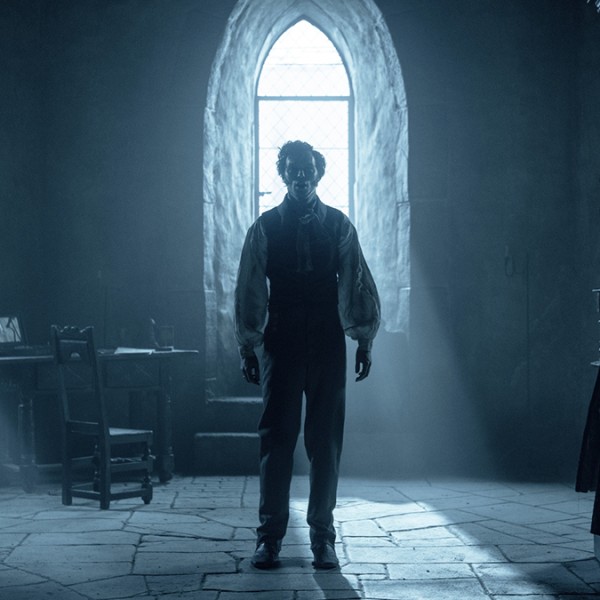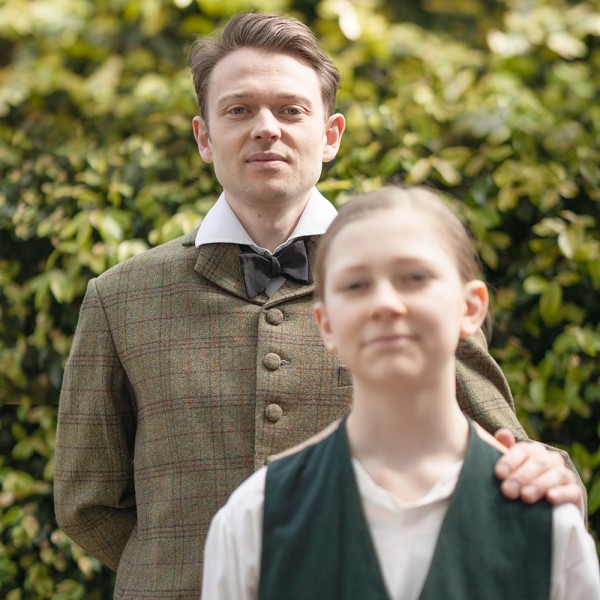
Hope
Written by: Jenny Pattrick
Directed by: Lyndee-Jane Rutherford
Circa Theatre, 29th Jan 2025
Reviewed by: Tanya Piejus
In a scarily possible near future, a new government has favoured tax cuts for the middle classes over investing in the public health system, resulting in the Last Year of Life Bill. This sees people with terminal illnesses denied all but palliative care once they’ve been ‘classified’ as too far gone to be worth treating, so freeing up beds and medication for younger, more worthy patients.
One of the classifieds is Irina (Perry Piercy), a Ukranian refugee who escaped before the ongoing war. Her two children, Yulia (Mel Dodge) and Daniel (Tāmata Porter), have very different attitudes to their mother’s plight. Yulia is a nurse who daily sees the effect of an ageing population on a struggling health system and believes the new law is saving lives, while Daniel procures and administers black-market cancer drugs to try to buy his mum more time. Also in the mix is Adam (Jack Buchanan), one of Irina’s former piano students whose own health issue has arrested his career as a maestro.
Starting with an attempted suicide and seemingly about a heavily doom-laden subject, Hope is surprisingly uplifting. That’s largely because it’s funny and this vein of humour as each character wrestles with the ethics of the appalling situation they find themselves in is what stops Jenny Pattrick’s finely balanced script being a buzzkill.
The cast is excellent, each clearly articulating their character and interacting with believable emotions and chemistry. They are supported by a lusciously coloured set (Ian Harman) that leans strongly into the mosaic motif that threads through the dialogue and anchors the hope within it. Marcus McShane’s lighting adds to the visual feast, with subtle practicals and shades that clearly pinpoint the time of day. The accompanying piano-based soundtrack (composer Briar Prastiti, sound engineer and designer Chris Ward) weaves beautifully around the action.
A call to action in a disintegrating world, Hope celebrates the deeper things that bring us together and make us live, love, and laugh.











